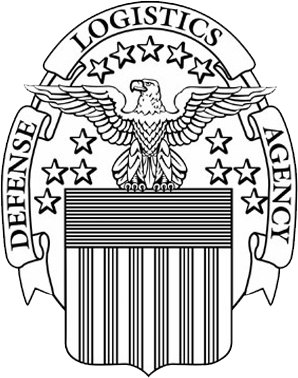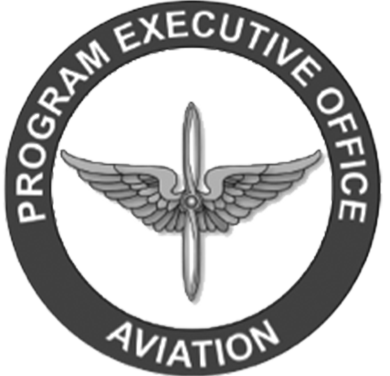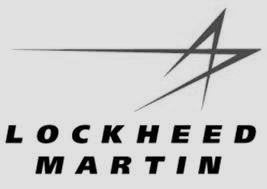Here at InterConnect Wiring, we obviously use wire…. a lot of wire; therefore, when I hear the term “fly by wire” I immediately conclude that InterConnect has more action to take to support FLY BY WIRE aircraft vs NON-FLY BY WIRE aircraft. But does it really mean that? As a non-engineer (my degrees are in Psychology) it is difficult for me to understand the “fly by wire” concept. Since I cannot be the only non-engineer in the aerospace industry, I thought some of our readers might want to hear what “fly by wire” means from a civilian, non-geek individual like myself.
According to an online encyclopedia, “Fly-by-wire (FBW) is a system that replaces the conventional manual flight controls of an aircraft with an electronic interface. The movements of flight controls are converted to electronic signals transmitted by wires (hence the fly-by-wire term) and flight control computers determine how to move the actuators at each control surface to provide the ordered response.”
Okay, that’s what it means. Still confused? Me too. So, I read an article written by John Cox from USA Today called, “Ask the Captain: What does “fly by wire” mean?” It went something like this:
Question: Can you explain the difference between “fly by wire” controls and conventional hydraulic controls?
Answer: In a fly-by-wire aircraft, the pilot inputs commands via a sidestick or yoke to a computer. The computer then directs the hydraulic or electric actuator to deflect a flight control surface. There are numerous advantages to fly by wire systems, including weight savings and safety features that can be incorporated into the computer software.
Conventional manual hydraulic controls take input from the pilot via a yoke and command the movement of the flight control actuator via cables and pulleys. This is a simpler system than fly by wire but is heavier and lacks the safety features.
Now do you understand? Me neither. My last-ditch effort to understand was to go to our VP of Engineering and ask him to pretty much play the game “Pictionary” with me. That was the trick for this non-engineer mind. To summarize, the typical way an aircraft flies is by mechanical parts such as pushrods, tension cables, pulleys, counterweights, and sometimes chains to transmit the forces applied to the cockpit controls directly to the control surfaces. In the image pictured here, the upside-down “T” displays the control stick of the mechanical or manually operated flight control system.
(A) Aileron, (B) Control Stick, (C) Elevator, and (D), Rudder.
Here is another image that displays the basics of the typical, non-fly-by-wire flight control system.
In dramatic contrast, on “fly by wire” aircraft, instead of the conventional mechanical controls (such as rods and a pully system), the aircraft is flown via electrical controls and computers.
So, in summary, fly-by-wire (FBW) is a flight control system using computers and relatively light electrical wires to replace conventional direct mechanical linkage between a pilot’s cockpit controls and moving surfaces.
I hope this helped you to better understand the term “fly by wire”. For all you engineers out there, sorry about the elementary explanation. Hey, we all can’t be engineers, now can we?






























